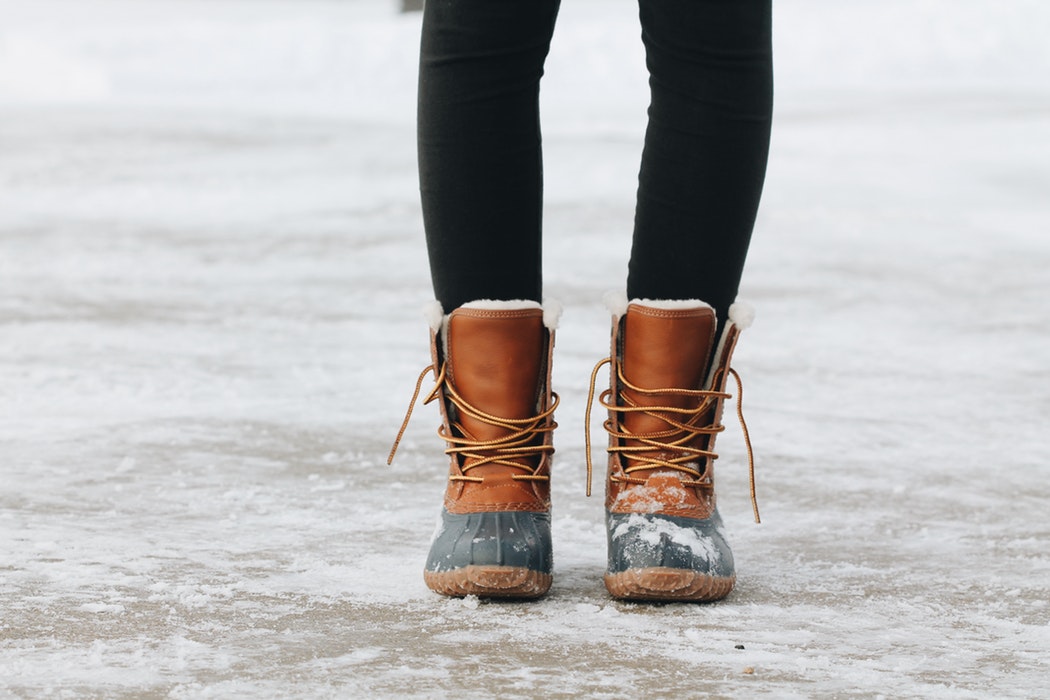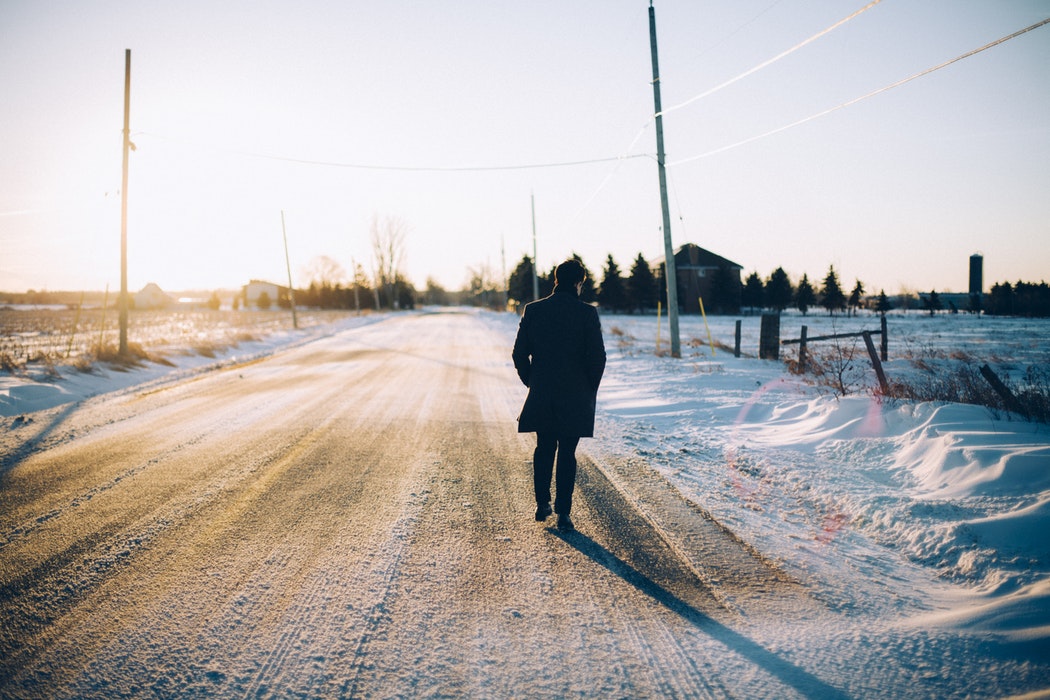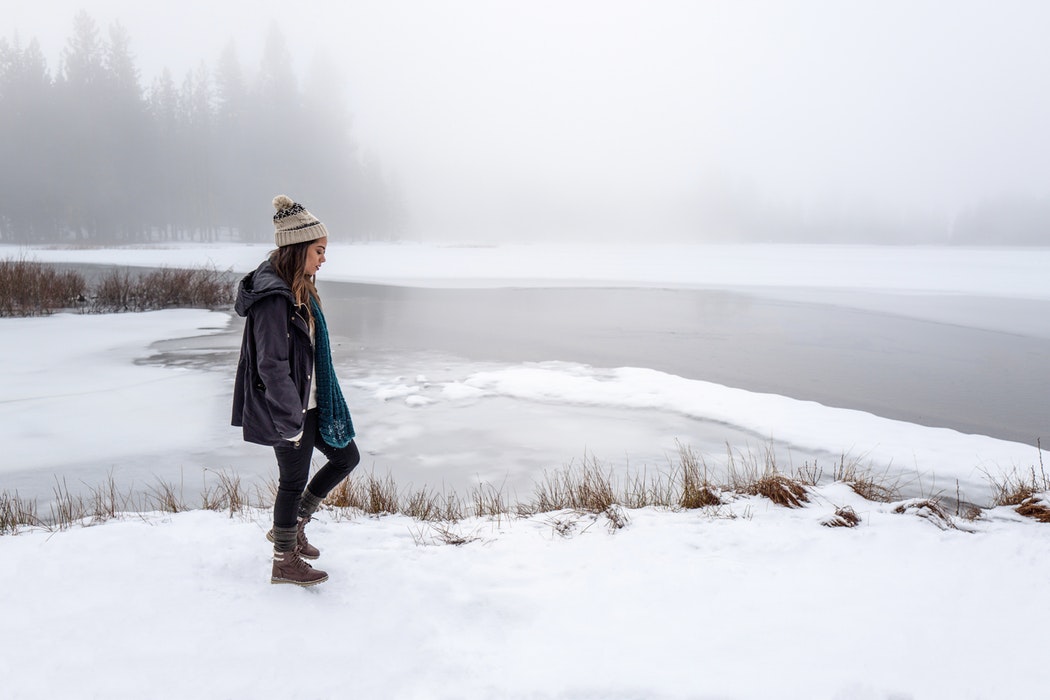Helpful tips for walking on snow and ice
Every year there are more than a million reported injuries from falling or slipping on the snow. If you are an outdoors junky, it’s probable that you have had this sort of unpleasant experience at some point. Sometimes you’re able to laugh after the fall, but other times the injuries can be painful and able to ruin your whole winter season. To avoid breaking a leg or arm, you must be extremely careful how and where you place your feet when walking around on the snow. Check these helpful tips and on how to stay safe during the winter.
Wear good shoes

The most important among these helpful tips is to wear the right shoes. Proper footwear for winter conditions should place your entire foot steady on the ground. A sturdy sole, ankle support, waterproof materials are things you must look for when buying winter shoes. Also, make sure they are comfortable, warm, allow your feet to breathe and are not too heavy. When walking downhill, always place your foot horizontally to the hillside and take your time.
Visibility accessories are cool!
Don’t forget your sunglasses when planning on having a snow walk because otherwise, your eyes will suffer from the reflection off the white surface. A bright-colored scarf, hat, or jacket will raise your visibility on the slope. In foggy conditions, people sometimes don’t see each other, which can be a problem. You don’t want anyone to bump into you or push you downhill. When walking in the snow, you should see and be seen.
Plan ahead

If you’re walking on snow or ice on sidewalks and streets, always look ahead and plan your steps. Always see where your feet will fall next to anticipate any ice or an uneven surface. Be careful when walking in the city because sometimes you ‘ll need to share the walking area with vehicles if the weather conditions are extreme.
Make sure you can hear
Avoid listening to music, no matter whether you’re walking in the city or the wild. Just like you need to see everything, you also need to be able to hear what’s going on around you. Don’t let anything distract you as you need to stay focused. Many accidents occur, especially in cities, because of people not paying attention to the traffic. The same thing in the wilderness; you must be able to hear the approaching snow-remover or motor sled.
Walk slowly

It’s better to arrive late than arrive on time with a twisted ankle. Take your time to get from points A to B and make sure you avoid all the ice patches on the way. Place your feet on the ground slowly and if necessary, touch the surface underneath with the tip of your toes just to check what’s in wait for you. If you feel there’s ice under a cover of snow, then choose a different route or go around the problem spot.
Avoid shortcuts
Follow these helpful tips and don’t walk on side alleys and paths that have snow and ice on the ground. Shortcuts are usually remote and located where ice and snow removal are not possible. Again, better to be late than in the emergency room.
Falling on ice and snow is not only dangerous in the cities, but on the hiking trails too. It’s not like something bad will always happen if you go walking on the snow, but the fact is you need to be prepared for the possibility. Wintertime is maybe more difficult to move around safely at times, but it’s still beautiful. As long as you know where to go and what to do, you will be safe. Good luck on your icy travels!
If you have any comments then please drop us a message on our Outdoor Revival Facebook page
If you have a good story to tell or blog let us know about it on our FB page, we’re also happy for article or review submissions, we’d love to hear from you.
We live in a beautiful world, get out there and enjoy it. Outdoor Revival – Reconnecting us all with the Outdoors.





